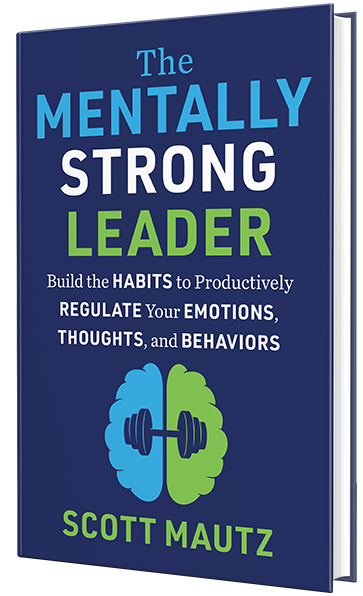
INSIGHTS (on leadership/self-leadership)
Here’s a surprising way to overcome indecisiveness (a topic I’ve written about before).
A psychology study found our body movements and level of decisiveness are connected. Participants read two different articles – one stated the case for abolishing the minimum wage, the other listed pros and cons of the argument. While reading the article, participants were asked to stand on a Wii Balance Board (a platform you step on to enable interactive gaming through movement). In this case, the Board was used to measure movement from side to side as each participant read one of the articles.
Here’s the fascinating part. Those reading the article with pros and cons leaned from one side to the other far more than those reading the “fixed position” article. In times of indecision, when we’re mentally vacillating, our bodies often reflect that internal conflict via subtle side-to-side movement. The study participants were eventually asked to “take a stand” and state if they were for or against abolishing a minimum wage – most actually stood firm when stating their decision.
The reverse held true as well. Participants were then asked to engage in tai-chi movements. Those who were told to conduct more side-to-side movements showed more indecisiveness than those who were told to move up or down or make no movements at all.
Net, we move from side to side when we’re uncertain, and the action of moving from side to side makes us feel more uncertain. So the next time you’re mulling over a decision, to be more decisive, stop moving, and take a stand–literally.
IMPERFECTIONS (a mistake I’ve made)
When I was in a job I didn’t really like, I’d often fall victim to the “Sunday Scaries,” that feeling of dread that kicks in on Sunday night as your weekend is winding down, and you start thinking of the work week ahead.
I learned a simple Sunday trick that helps me have a better week ahead, as I discuss in my course “Sunday Habits for a Better Work Week”, made free for you.
I’d focus on what I GET TO DO with my job that week – versus what I HAVE TO DO. Replacing “have to do” with “get to do” is an automatic gratitude generator. For example, with your job perhaps you GET TO provide a comfortable lifestyle for your family, you GET TO work with smart people that enrich your life, or you GET TO be challenged in interesting ways. It’s a much more energizing way to reflect upon your work – a powerful habit to develop.
IMPLEMENTATION (one research-backed strategy, tip, or tool)
Here’s a topic for which I frequently get asked for tips and strategies.
How to talk about a career pivot in interviews (i.e. when you’re trying to move out of your industry into a different one). Do so in these four ways.
1) Be ready to answer the unspoken questions: a) why this, b) why now, c) do you have conviction about this pivot?
Interviewers will be wondering these things. Be prepared to address these questions with confidence and fearlessness.
2) Remember the acronym STEALTH: Show Them Everything Always Led To Here.
In other words, connect the dots for them. Build credibility for your pivot by explaining how it’s a natural progression – that all your prior experience has led to you wanting to do this, and to being qualified to do so. Even if it’s wildly different from what you currently do. The next strategy helps with this, as well.
3) Talk your transferrable skills.
For certain, you’ve developed a solid skill base that will serve you in almost any new role (like communication, collaboration, etc.).
4) Reposition the pivot.
Don’t just explain why you’re pivoting, sell how your pivot is an advantage. This is particularly important if the interviewer wants you to have experience in that industry – which you likely won’t have if you’re pivoting.




Leave a Reply